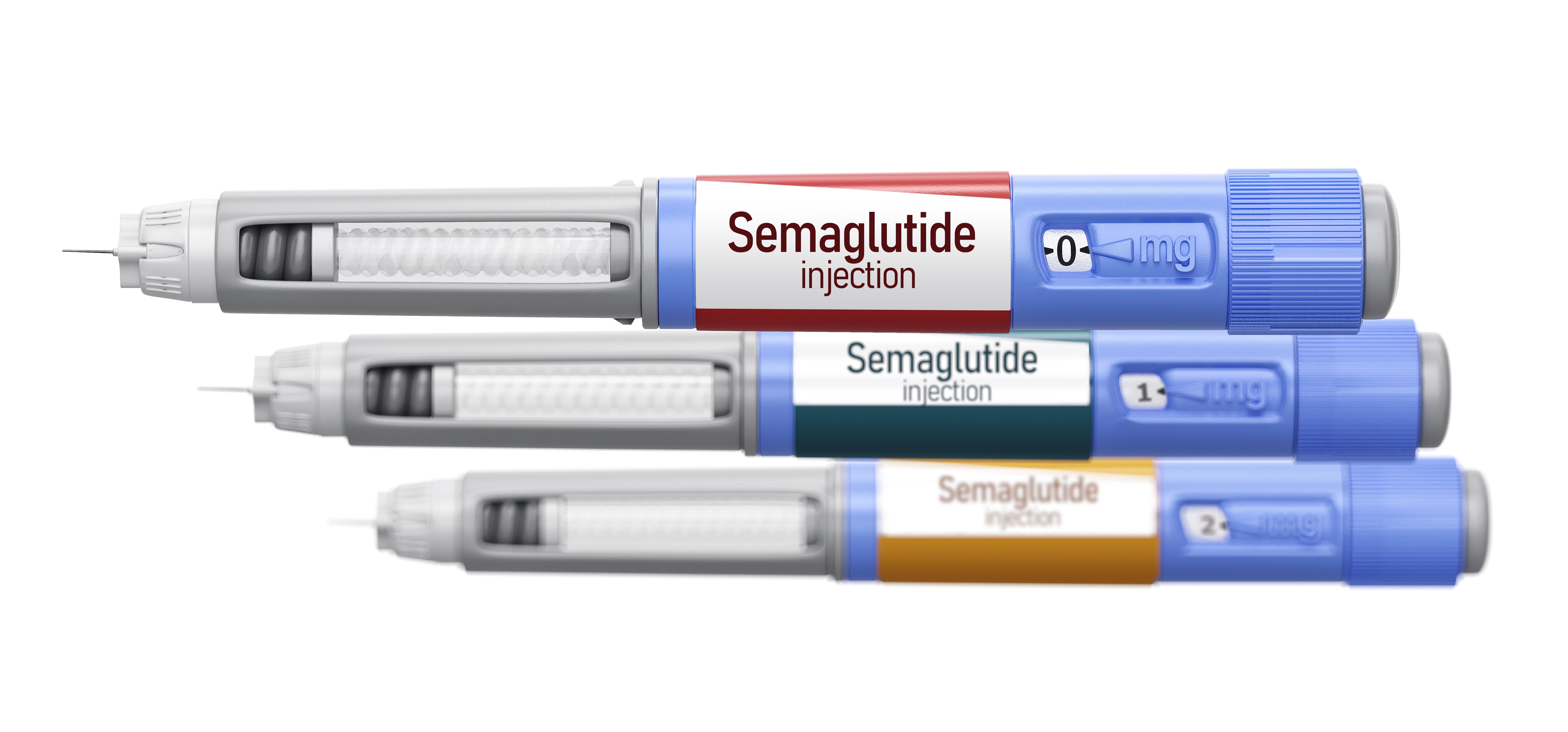News
Article
Genetic Variants Associated With HS Linked to Risk of the Disease
Author(s):
Variants associated with hidradenitis suppurativa (HS) near the SOX9 and KLF5 genes were associated with HS risk.
Common variants associated with hidradenitis suppurativa (HS) located near the SOX9 and KLF5 genes were linked with the risk of HS, according to a study published in JAMA Dermatology.
These genes or ones nearby might be linked with genetic risk of disease and the development of clinical features like cysts, comedones, and inflammatory tunnels that are unique to HS, the authors noted. Novel insights into disease pathogenesis related to these genes might help predict disease progression and future new treatment approaches.
HS is a common chronic inflammatory skin disease with extremely high morbidity that is reported to possess a high chance of inheritance. However, the genetic understanding of HS is incomplete, and the limited genome-wide association studies (GWASs) that have been undertaken for HS have not identified significant risk loci.
Graphic of a Gene

First, the researchers’ objective was to identify genetic variants linked with HS and to bring to light the underlying genes and genetic mechanisms.
“While γ-secretase complex gene variants have been implicated in less than 5% of patients [with HS], most genetic risk factors are unknown. [GWASs] provide an opportunity to identify common genetic variants that contribute to HS susceptibility,” the researchers wrote.
The genetic association study recruited a total of 753 patients with HS from August 2018 to July 2021. A GWAS was performed for 720 patients (following quality control) with controls from the Add Health study and then meta-analyzed with 2 large biobanks. Variants at 3 loci were tested for replication (290). Data analysis was undertaken from September 2021 to December 2022.
The main outcome measures were identified loci, with associations of P < 1 × 10–8 considered significant.
A total of 753 patients were recruited, with 720 ultimately included in the analysis. Mean (SD) age at symptom onset was 20.3 (10.57) years and at enrollment was 35.3 (13.52) years; 360 patients were black, and 575 were female. In a meta-analysis of the 4 studies, 2 HS-linked loci were identified and replicated, with lead variants rs10512572 (P = 2.3 × 10–11) and rs17090189 (P < 1 × 10–8) near the SOX9 and KLF5 genes, respectively. Variants at these loci are positioned in enhancer regulatory elements identified in skin tissue.
Genes at the 2 loci seemed to have directly opposing and/or complementary roles in epithelial differentiation.
The genes SOX9 and KLF5 have roles in skin and follicular inflammation but have not previously been linked with HS pathogenesis. In adult mice, blocking SOX9 expression in adult mice resulted in development of keratin pearls and loss of keratin 1 expression, leading to epidermal differentiation and loss of hair follicle stem cells. This differentiation toward epidermis might explain the development of characteristic cysts, comedones, and epithelialized tunnels.
Overexpression of mouse KLF5 led to hyperkeratosis, follicular occlusion, and skin erosions, which are characteristic of HS. Deletions of KLF5 interrupt barrier function and have been linked with atopic dermatitis, nonhealing wounds, and IL-17–driven colitis in mice. This colitis was associated with altered gut microbiota and stimulation of the IL-22/STAT3/IL-17 pathway. It was relieved by antibiotics and IL-17–neutralizing antibodies, similar to HS treatment responses.
Reduced intestinal KLF5 expression is linked to higher disease severity in human colitis.
More investigations are needed with better powered HS GWASs to review other comorbidities and to uncover shared risk mechanisms.
“In this genetic association study, as with all GWASs, identifying variant associations near candidate genes with plausible roles in disease biology does not prove a causal effect of these variants or genes on disease risk,” the researchers wrote.
Some limitations were present in this study. Controls from Add Health might have had HS, which would lead to misclassification bias toward the null. Inadequate sample sizes limited researchers’ ability to identify significant loci within ancestry groups or assess generalizability in other ancestries.
“Ultimately, understanding how genes lead to tunnel formation and an overactive inflammatory response may lead to therapeutic breakthroughs that target HS pathogenesis,” the researchers concluded.
Reference
Sun Q, Broadaway KA, Edmiston SN, et al. Genetic variants associated with hidradenitis suppurativa. JAMA Dermatol. Published online July 26, 2023. doi:10.1001/jamadermatol.2023.2217





